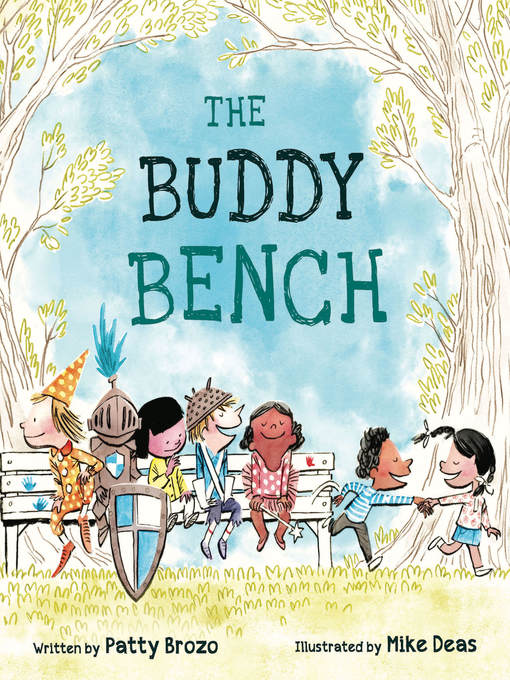Having seen what being left out is like, children become agents of change, convincing their teacher to let them build a buddy bench.
A school playground can be a solitary place for a kid without playmates; in one survey, 80 percent of 8- to 10-year-old respondents described being lonely at some point during a school day.
Patty Brozo's cast of kids brings a playground to raucous life, and Mike Deas's illustrations invest their games with imaginary planes to fly, dragons to tame, and elephants to ride. And these kids match their imaginations with empathy, identifying and swooping up the lonely among them.
Buddy benches are appearing in schoolyards around the country. Introduced from Germany in 2014, the concept is simple: When a child sits on the bench, it's a signal to other kids to ask him or her to play.



